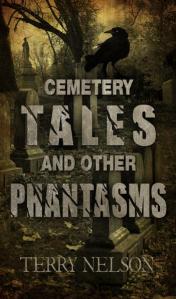Books to Die For is an anthology of essays written by mystery writers about their favorite mystery/crime book and author in that genre. One of the books, A Night for Screaming by Harry Whittington is one of many that caught my attention.
Whittington is quoted by Bill Crider in the e-book version of A Night for Screaming about plotting, saying:
“I understood plotting, emotional response, story structure. Fifteen years it took me to learn, but I knew. I could plot – forward, backwards, upside down. It was like being half-asleep and abruptly waking. Never again would I be stumped for plot idea or story line. From the moment I learned to plot, I was assaulted with ideas screaming, scratching and clawing for attention. For the next 20 years I sold everything I wrote.”
That should catch your attention. Whittington used 12 pseudonyms and wrote, depending on the source, 170 or over 200 books, and according to Wiki wrote 85 over 12 years.
Thinking about what Whittington said, if you have the plot of the story-that being what happens to whom from beginning to end- then all you have to do is fill in the blanks. Of course the plot contains all plot twists, surprises, getting the hero in trouble, piling on more trouble, then making his troubles unsolvable, before wrapping it up.
Also in Crider’s introduction he says this about plotting, quoting Larry Dent’s formula:
“Maybe you’re familiar with Lester Dent’s formula for plotting a pulp story. At least three of its major sections begin with this advice: “Shovel grief onto the hero.” Or some variation thereof. The final one begins like this: “Shovel the difficulties more thickly upon the hero.” Dent follows that with this: “Get the hero almost buried in his troubles.” Nearly any of Whittington’s novels is a master class in following that advice. By the time you near the end of A Night for Screaming, you’ll be wondering how anybody could ever escape, and you’ll be zipping through the pages as fast as I did all those years ago.”
The advice can be used for any story, not just pulp fiction. Also in Crider’s introduction he said he read A Night for Screaming in one day. I don’t remember ever doing that, but I did with this book. The flow of language and the story was that good.
I plan on plotting my next e-mystery before writing the story. I think that will prevent me from bogging down here and there, trying to see where the story goes next.
Here is Goodreads list of Whittington’s books.
And here is my short list of e-books on Amazon:




